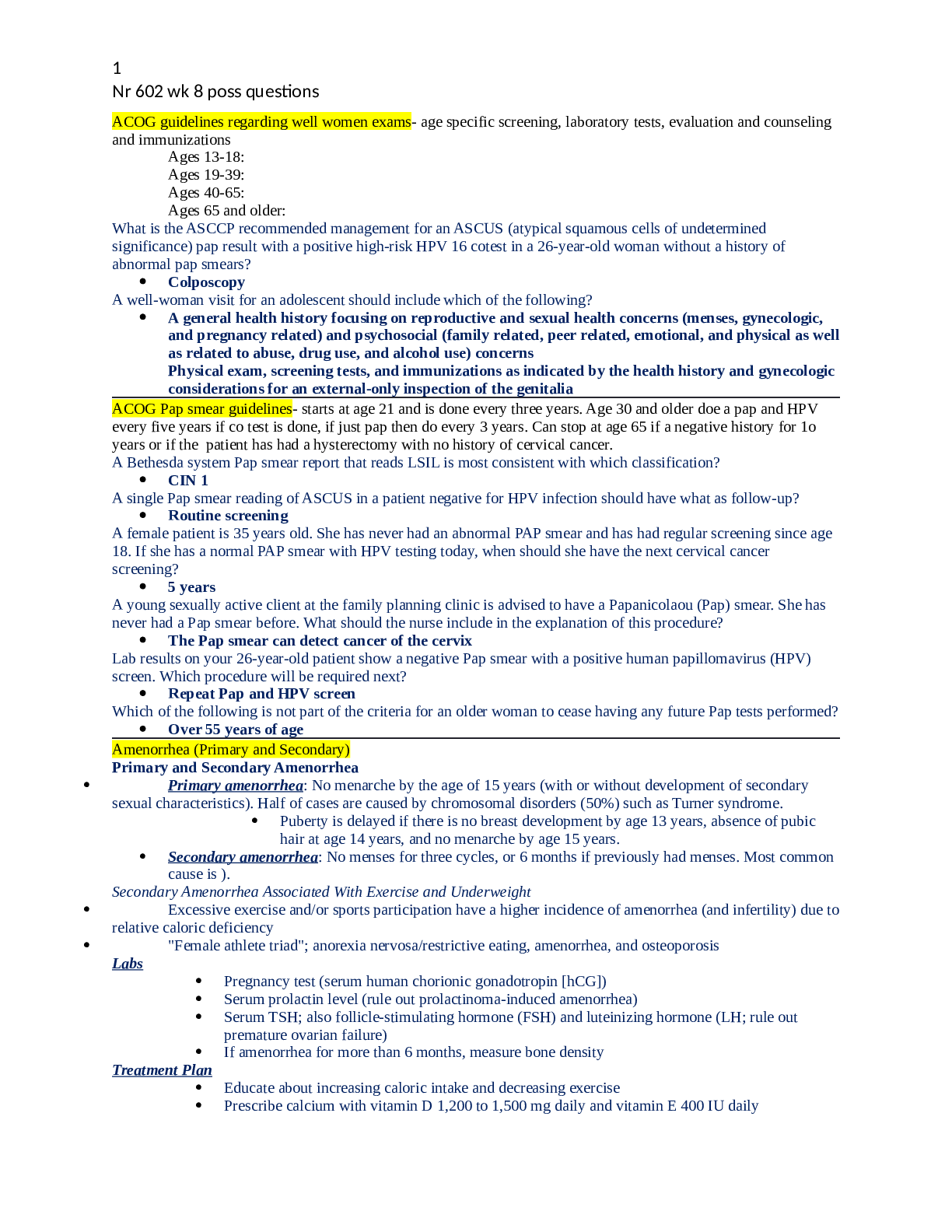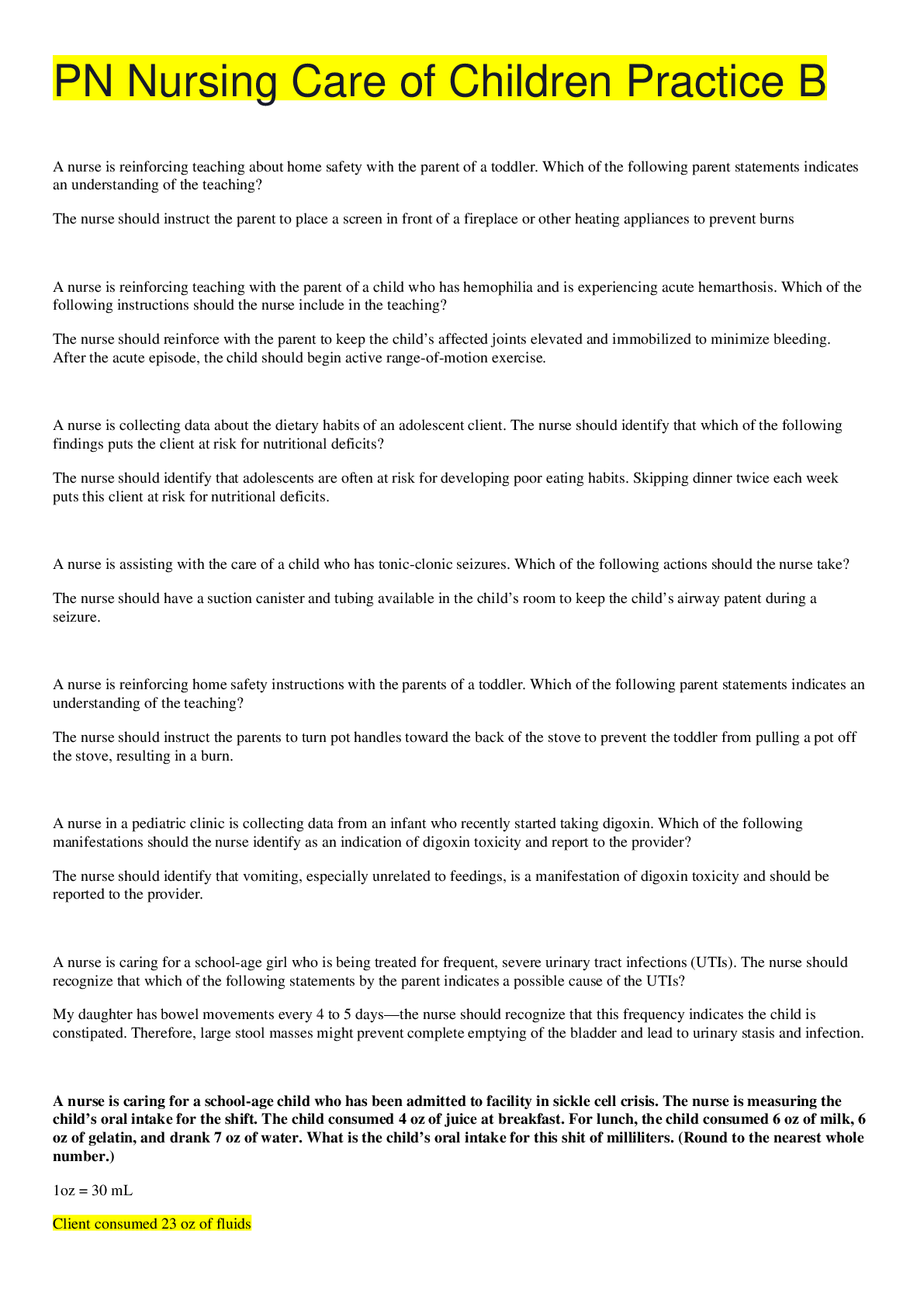*NURSING > STUDY GUIDE > PN Remediation Nursing Care of Children GUIDE (All)
PN Remediation Nursing Care of Children GUIDE
Document Content and Description Below
. Health Promotion and the school aged child: bicycle safety: Pg. 52 • Ensure children wear helmets, and or pads when rollerblading,skateboarding, bicycling, riding scoters, skiing, and snowboardi... ng. 2. Acute and Infectiousrespiratory illness: respiratory syncytial virus: pg. 162 • Signs and symptoms include: high fever, cough, retractions and nasal flaring, rapid, shallow respirations, chest pain,rhombi/crackles, pale color, irritability, and abdominal pain. 3. Communicable Diseases: preventing transmission of varcellia: pg. 398 • Isspreads by direct contact, droplet, and contaminated objects. • Incubation period is 14 to 21 days. • Communicability is 1 day before to 6 days after first lesions appear. 4. Health promotion of the adolescent: Communication techniques: pg. 56 • Demonstrate knowledge of expected growth and development, age appropriate activities, immunizations, proper health screenings, and injury prevention. 5. Health Promotion of an infant: weight gain in the infant: pg. 23 • Infants gain approximately 150 to 210g weekly during the first 6 months of age. • Infants should double their birth weight by 4 to 7 months and triple their birth weight by the end of the first year. 6. Hospitalization, illness, and play: preparing a preschooler for a procedure: pg. 85 • Explain all procedures using simple, clear language. • Encourage children to express their feelings. • Validate the childsfears and concerns. • Provide consistency in assessing caregivers. 7. Safe administration of medication:stragetigiesfor administration: pg. 65 • Make sure you have the right client. • Make sure you have the correct medication. • Make sure you are about to give the correct dose. • Make sure you are giving this medication at the ordered time. • Make sure that you are administering the medication via the correct route. • Make sure to always document the medication administration. 8. Cystic fibrosis:reinforcing dietary teaching: pg. 183 • Promote an increase in salt intake. • Encourage increase in fluids. • Provide three small meals of high-calorie, high-protein foods. Also provide snacks inbetween. 9. Nutrition for children: nutritional risks for toddlers: pg. 34 • Aspiration • Malnutrition • Improper bone development 10. Psychosocial issues of infants, children, and adolescents: identifying indications: pg. 474 • Watch children for high risk behaviors [Show More]
Last updated: 2 years ago
Preview 1 out of 4 pages
 (1).png)
Buy this document to get the full access instantly
Instant Download Access after purchase
Buy NowInstant download
We Accept:

Reviews( 0 )
$7.00
Can't find what you want? Try our AI powered Search
Document information
Connected school, study & course
About the document
Uploaded On
Oct 13, 2021
Number of pages
4
Written in
Additional information
This document has been written for:
Uploaded
Oct 13, 2021
Downloads
0
Views
98

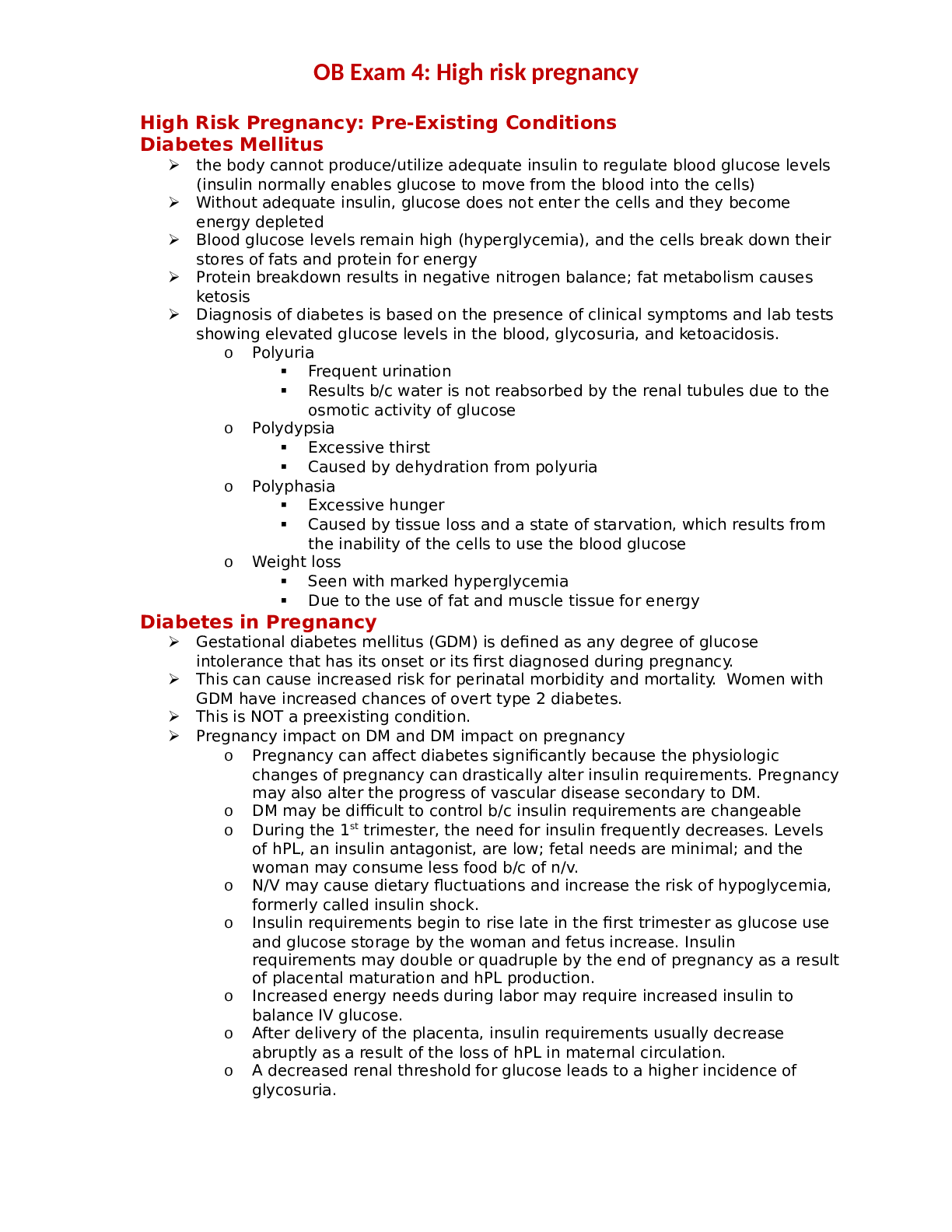

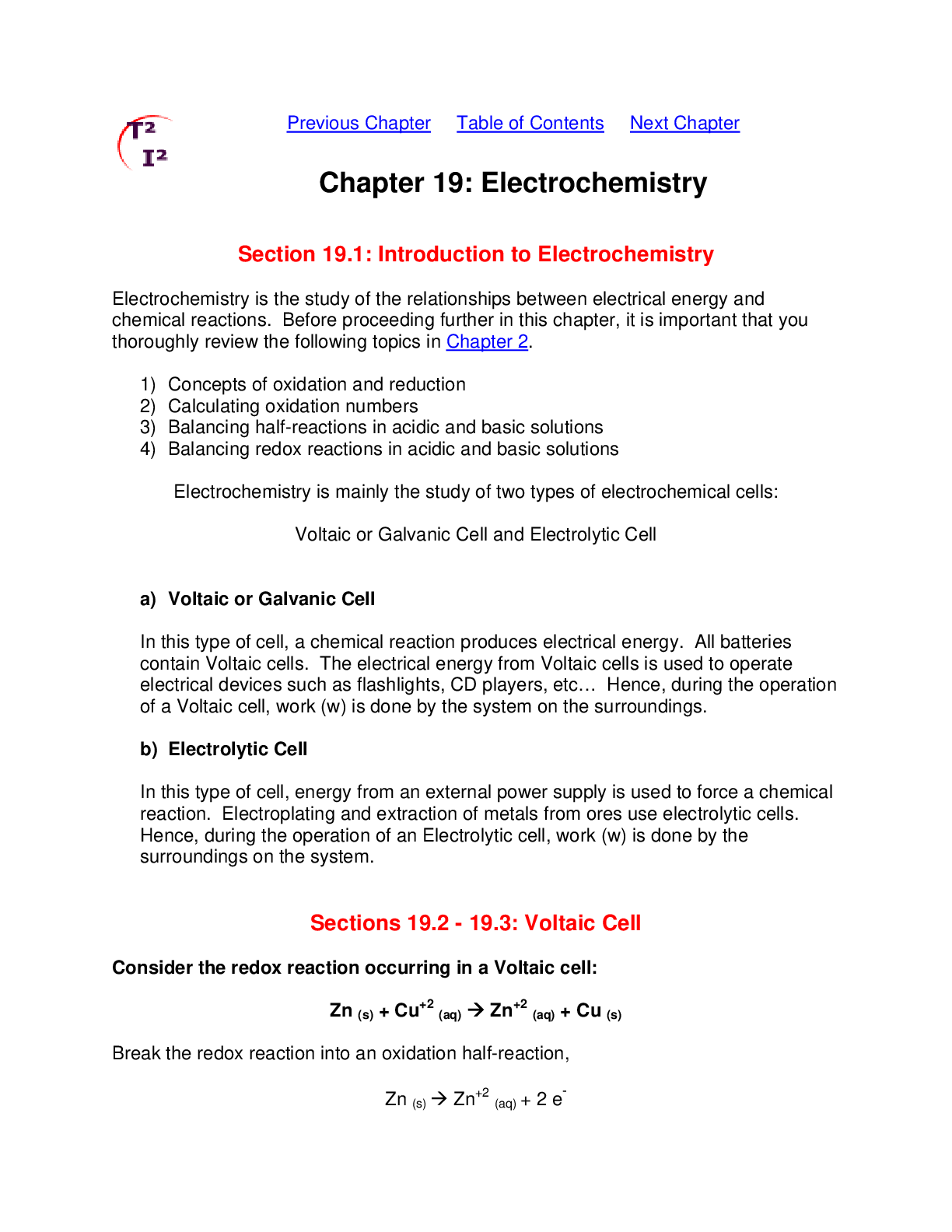
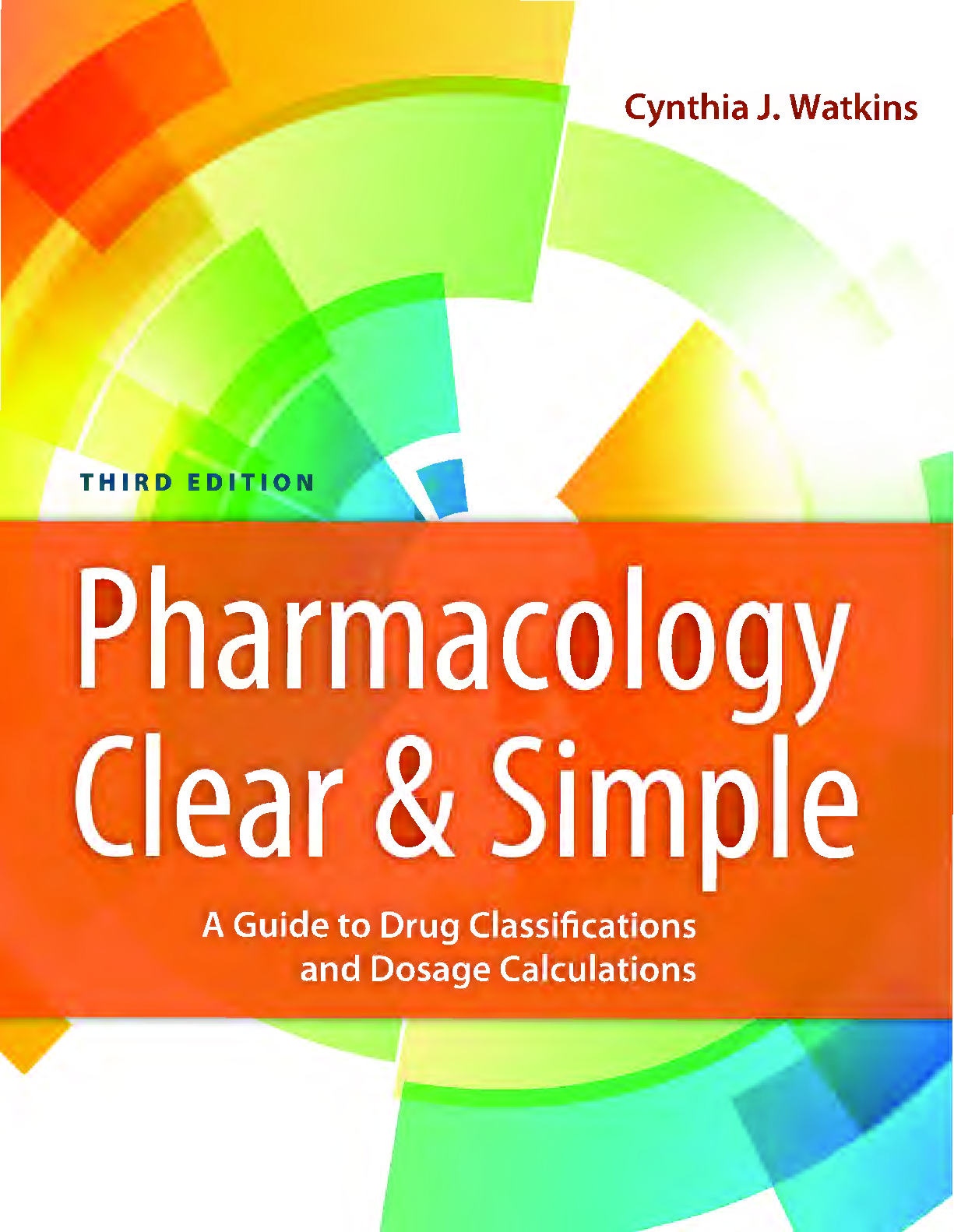
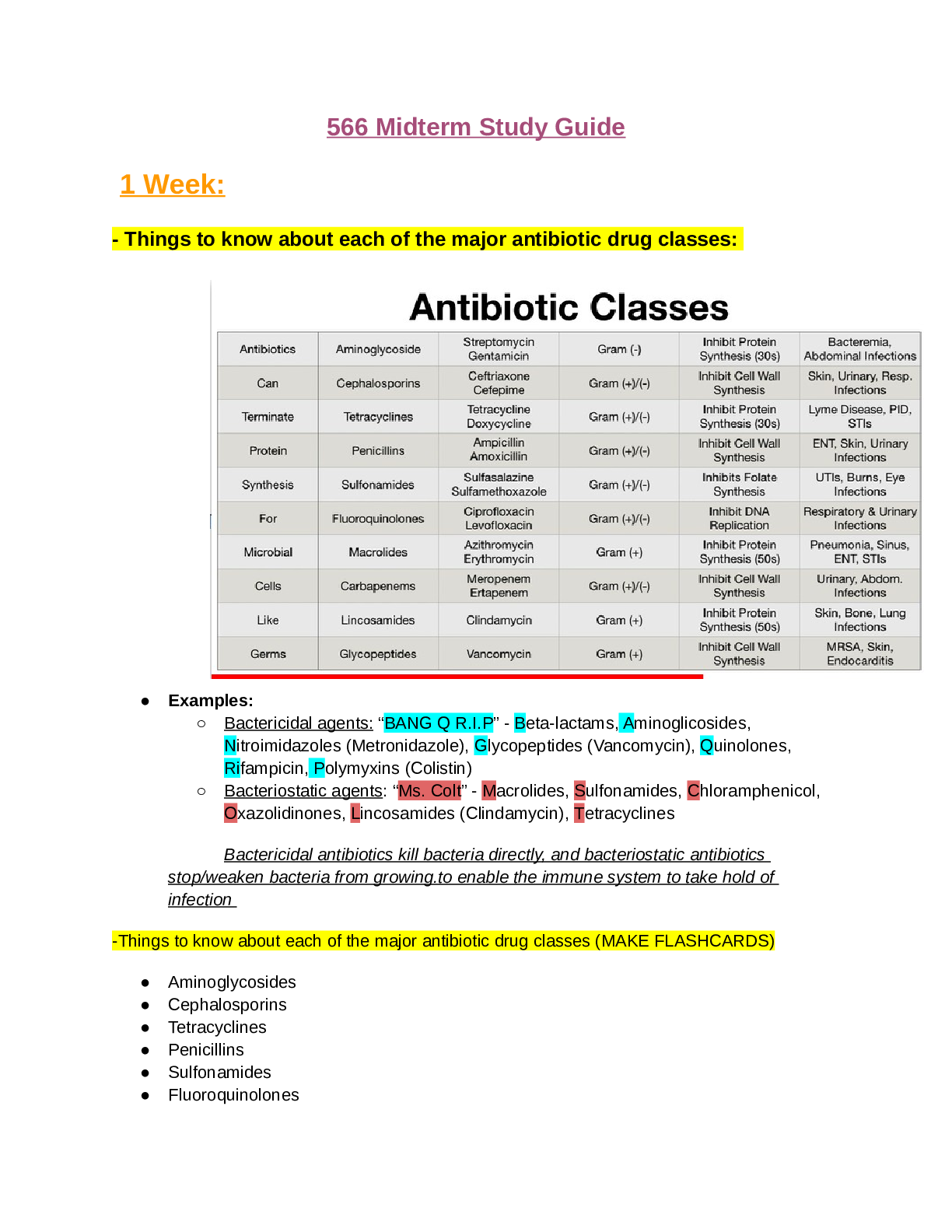
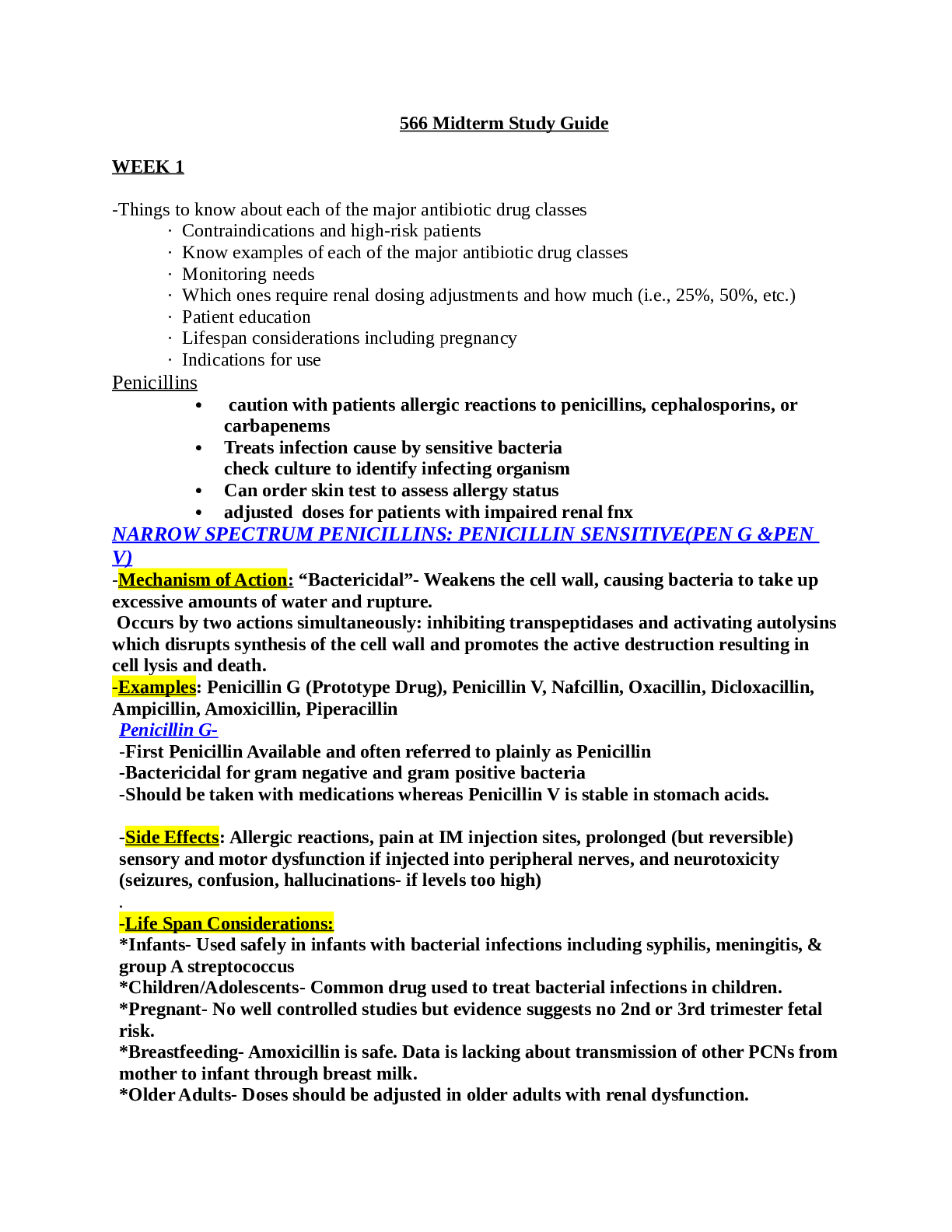


.png)
